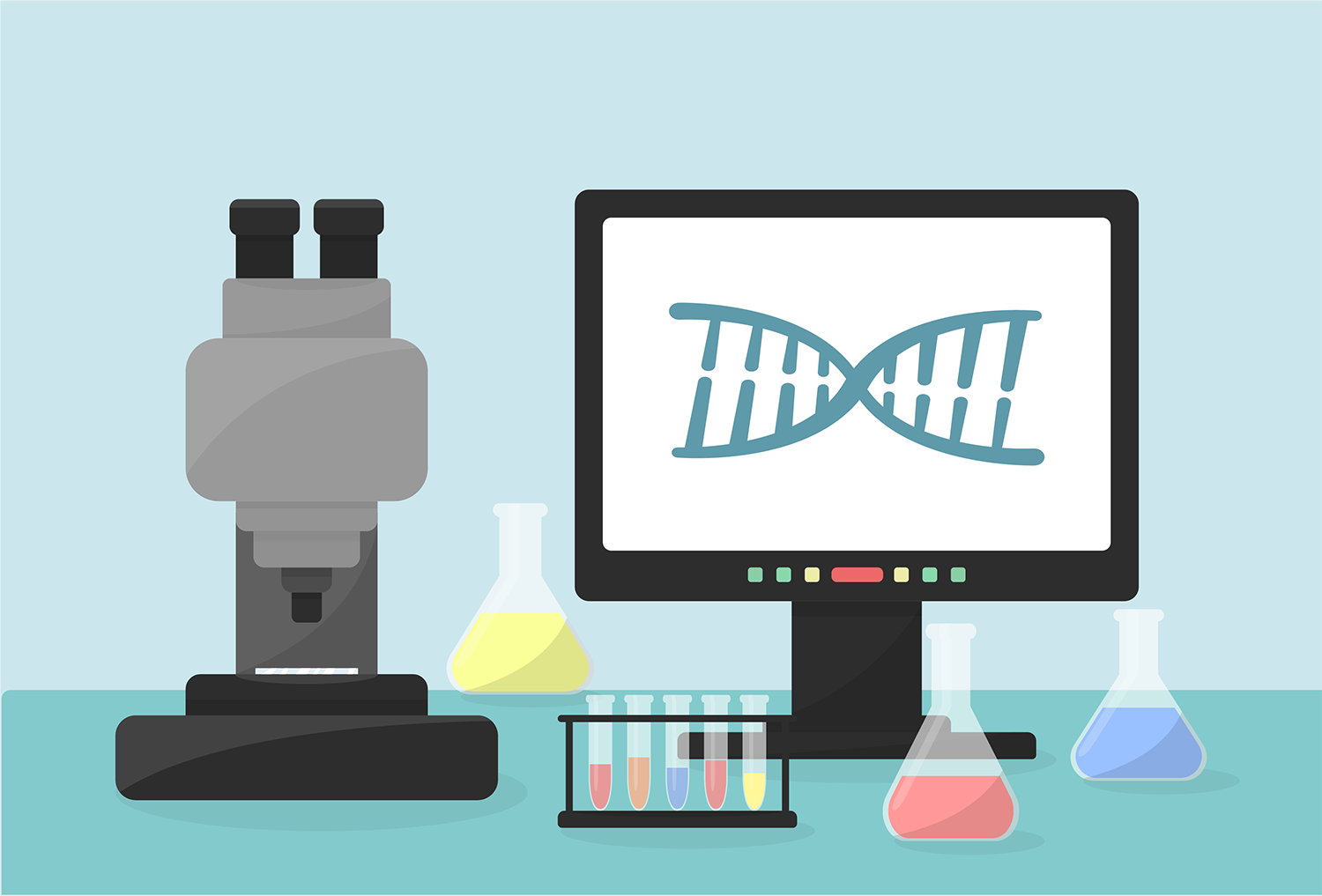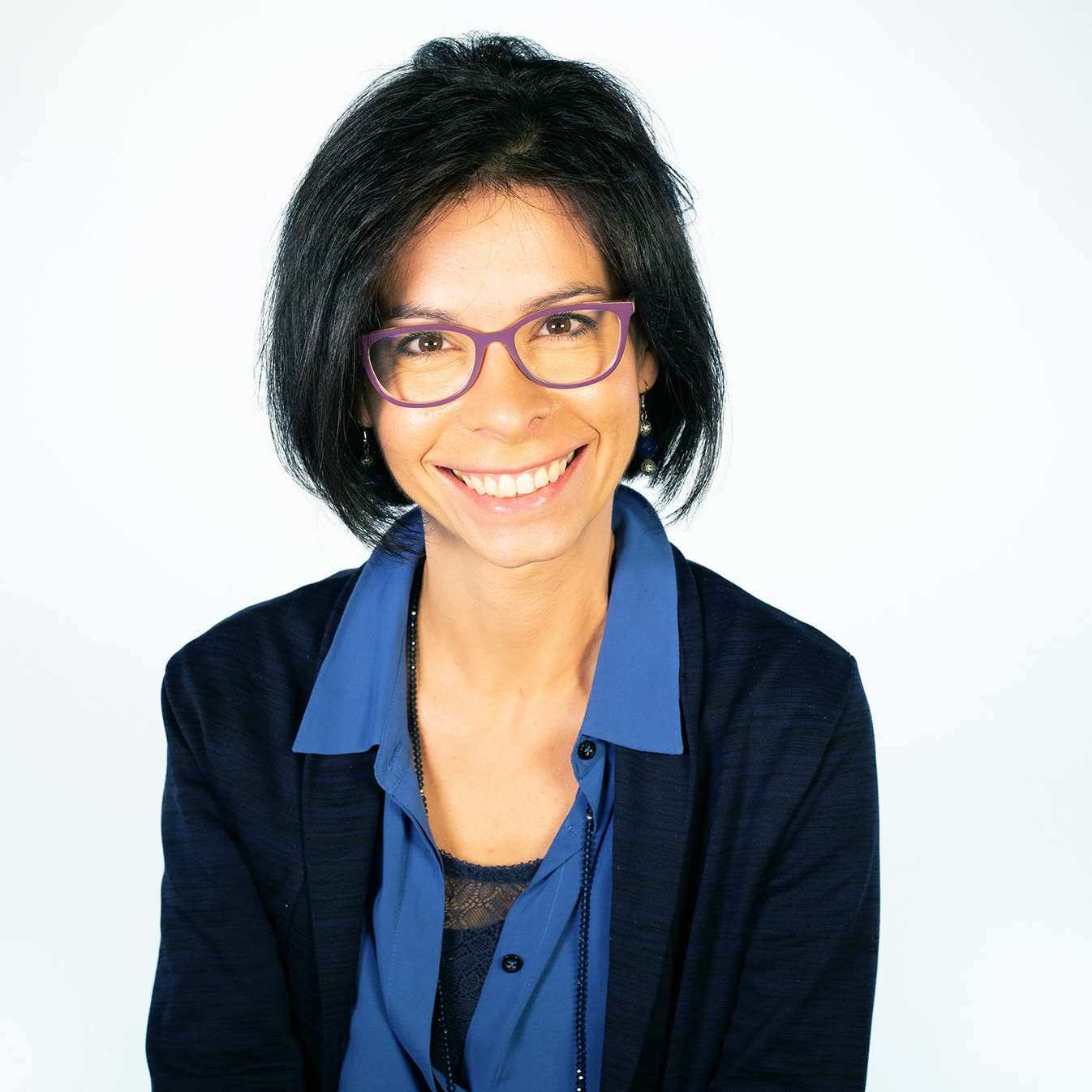Romina D’Aurizio, mathematician with a passion for medicine, tells us how bioinformatics can help research in the field of oncology

“With my work I have managed to combine two passions, mathematics and medicine”. Romina D’Aurizio, researcher within the Algorithms and Computational Mathematics research unit of the IIT-CNR, has managed to find the link between the world of numbers and that of white coats and test tubes in bioinformatics. It is a discipline that has boomed in recent years thanks to the introduction of new technologies and the launch of international collaboration.
“First of all, the introduction of second-generation sequencers, about ten years ago, made it possible to profile many samples at the genomic level in a relatively rapid way compared to the past”, explains D’Aurizio. Sequencing is the operation, starting from a sample of biological material (such as blood or saliva), which enables the reconstruction of a person’s genetic profile. “Then, it must be said that today there are very large databases shared by the international scientific community, which allow us to always have a comparison between our data and a reference standard, such as the human genome”, she continues.
Understanding the disease
D’Aurizio is divided between Siena, the city where she lives and where Toscana Life Sciences is located, hosting her for her research activity, and Pisa, where the other members of her research group work. “I work in oncology research, that’s to say precision medicine, collaborating with various institutions, including the University of Florence and the European Institute of Oncology in Milan.”
 She develops useful methods to fully exploit the potential of sequencing: “Today sequencing costs less than a few years ago, but it is still too expensive a practice to use in clinical routine”. So it often happens that only a small subset of the genome is profiled. “We have developed an algorithm that also uses other data, which is usually discarded, capable of identifying regions of DNA with anomalies in the number of copies. These anomalies can be involved in various pathologies, such as cancers, neurodegenerative, developmental and cardiovascular diseases.”
She develops useful methods to fully exploit the potential of sequencing: “Today sequencing costs less than a few years ago, but it is still too expensive a practice to use in clinical routine”. So it often happens that only a small subset of the genome is profiled. “We have developed an algorithm that also uses other data, which is usually discarded, capable of identifying regions of DNA with anomalies in the number of copies. These anomalies can be involved in various pathologies, such as cancers, neurodegenerative, developmental and cardiovascular diseases.”
Research and collaborations
Among various studies, there is the one in collaboration with the University of Florence and the European Institute of Oncology: “We work on real patients with breast cancer. The goal is to obtain an accurate picture of the characteristics of the tumor by sequencing only about 100-200 key genes. At that point, a comparison can be made with the international open access Cancer Genome Atlas and understand the response to certain therapies”. This step is extremely useful for inserting the data of individual patients into a more general, global picture. So even a small laboratory can have a lot of data available and contribute, in turn, to feeding the database. “Whenever there is a publication we make the data available, and this also applies to our experiments that we do in Pisa”, smiles D’Aurizio.
By comparing their data with those of the Genome Atlas, D’Aurizio and colleagues have been able to better classify tumors, understanding in more detail the genes involved and their mutations, so as to be able to follow a more targeted approach in therapy. We are in the field of precision medicine, which attempts to adapt therapy according to the characteristics of the individual patient.
The mathematics research is not limited to DNA. “I also study other elements of the cell, microRNAs, small pieces of genetic material that have no role in the production of proteins, but have a regulatory function as regards genes”. These elements have recently been discovered to play a role in certain cancers, including melanoma, and in drug resistance mechanisms. “They can be detected non-invasively in the blood and are markers of what is happening in the tissue and cells. Studying them can help us adapt drug therapy,” she explains.
Thanks to bioinformatics, other diseases can also be better understood, from rare genetic diseases to neuronal development disorders: “For the rare diseases, I have an ongoing collaboration with the geneticists of the Policlinico Sant’Orsola of Bologna, with whom we are trying to improve identification of a difficult class of genomic structural variants (the portions of the genome that differ from individual to individual) using machine learning techniques. On neuronal developmental disorders, I am working, together with a geneticist from the University of Milan Bicocca, on a brand new technology. This will enable us to relate chromosomal regions that are very distant on the genome and study whether the alterations of these regions have an impact on diseases”.